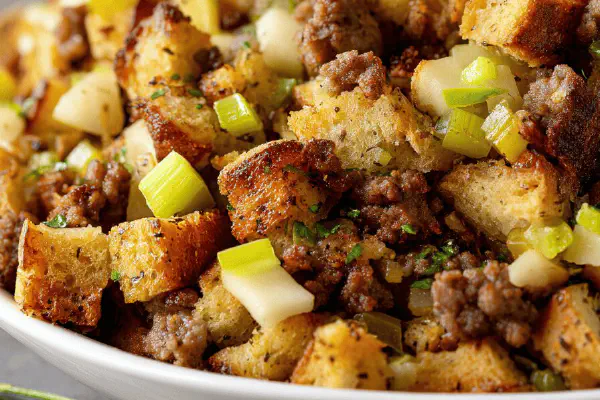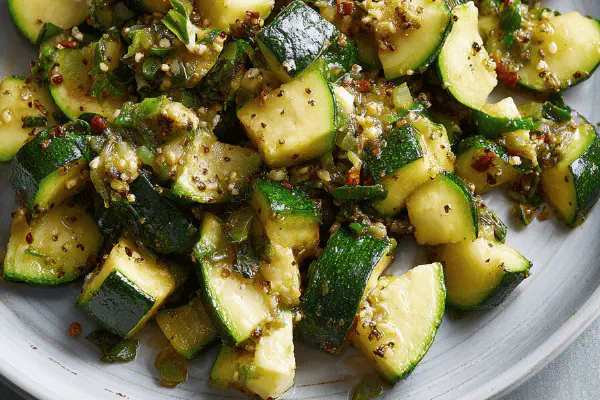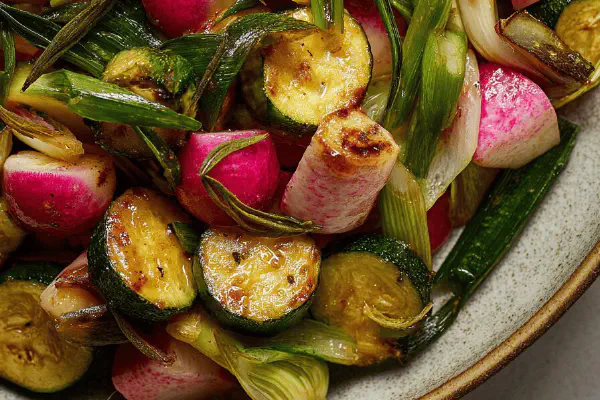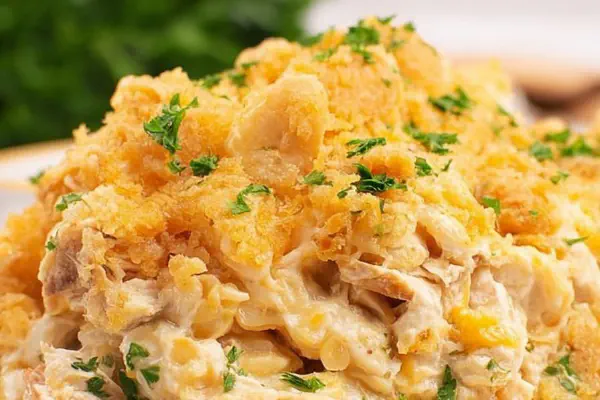Featured Recipe
Sautéed Onions and Spicy Sausage
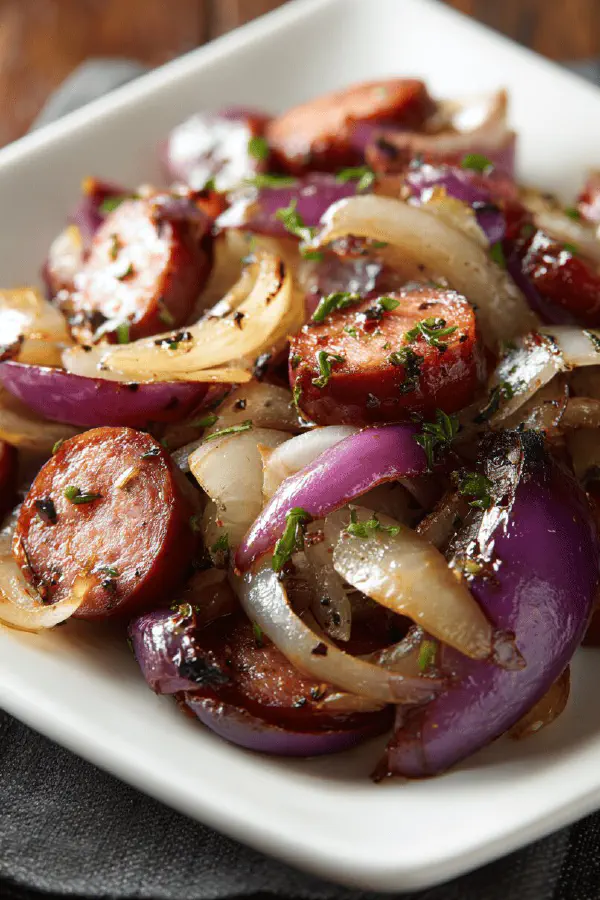
By Kate
"
A quick pan-fry method to bring out sweetness in onions while crisping spicy sausage cubes. Uses red onions and smoked Andouille sausage for a smoky kick. Oil lightly coats pan, avoiding steam, caramelizing edges. Salt draws moisture early; fire control is critical. Perfect for sandwiches, side dishes, or tossed with pasta. Easy swaps: yellow onion, pepperoni, or vegan sausage. Watch for burnt bits—they signal too-high heat. Timing relies on texture and color, not just clocks. Offers layered textures: soft melting onion, punchy sausage crust. Salt and pepper finish, optional chili flakes for a twist.
"
Prep:
15 min
Cook:
25 min
Total:
40 min
Serves:
3 servings
recipe
sauté
dinner
Introduction
Onions and sausage, simple combo, yet technique flips the script. Starts with caramelizing—slow, patient coaxing of sugar bloom. Red onion preferred for mild sweetness, adds color pop. Fat choice important; neutral oils work, but avocado or olive bring subtle fruitiness. Andouille or smoked sausage amplifies with smoky heat, slightly spicy. Slice thin but keep integrity—to go from crunchy to melting without falling apart. Patience on the pan—watch for the visual cue: golden edges, translucent centers, not mush. Increasing heat when sausage hits lets crust develop without stewing everything. The magic lies in balancing textures and flavors that sing together. Use as filling, topper, or simple plate. Avoid steaming—stay dry pan, constant movement early, then let sit to crisp. Salt early and late for deeper flavor. Little vinegar sparkle at the end lifts heaviness. This approach beats generic tossing; every step earns a payoff.
Ingredients
About the ingredients
Red onions hold shape better during cooking, less sharp than whites, and caramelize with a fruitier taste. Using 25 ml oil keeps the pan slick but not greasy; enough to sauté without frying. Andouille or smoked sausage replaces chorizo for a smokier profile but can cause your pan to brown faster—watch heat closely. Balsamic vinegar is optional but adds acidity that cuts richness. Salt early on onions to draw out moisture and aid caramelization—and again at the end to taste. Paprika or chili flakes introduced here mimic chorizo’s spiciness while offering smoky depth. Swap sausage with vegetarian smoked varieties or even diced tempeh for meat-free variations that still get that crisp bite. Avoid cheap sunflower oil; it can burn uncomfortably at medium heat. Layering fat and seasoning thoughtfully prevents flat flavors.
Method
Technique Tips
Start by heating oil until shimmering but not smoking; test by adding a single onion slice—it should sizzle gently. Spread onions in the pan and keep stirring regularly for the first 5 minutes, preventing sticking and releasing sugars gradually. Salt early to help break down cellular water. Watch for onions to turn translucent with golden patches, not fully browned or limp. When adding sausage, heat must be raised to medium-high to trigger Maillard reaction on cubes, adding texture and depth. Resist stirring too often here; let those edges crisp. If sausage browns before onions soften, lower heat and push sausage to one side. Adding balsamic vinegar or a splash of water near the end ensures onions remain moist, preventing drying out. Final seasoning adjustment is critical; taste and balance salt, pepper, and spice. Serve as soon as sausage firmed and onions softened but still with bite. Off-heat residual cooking continues otherwise. Use thicker pan to avoid hot spots, and avoid overcrowding—to allow proper contact and browning.
Chef's Notes
- 💡 Slice onions thin; keeps integrity during cooking. Avoid big chunks. Skipping even slices leads to uneven cooking. Caramelizing takes time; be patient. Heat consistency is key. Monitor closely to prevent burning.
- 💡 Balsamic vinegar adds brightness—splash at the end. But taste before using; skip if not needed. Adjust salt before and after for deep flavor. Remember, salt early helps moisture release. More control over texture.
- 💡 Watch for sound cues; steady popping means sausage cooking right. If browning too fast, lower heat a bit. Don't crowd the pan; gives even browning. Overcrowding leads to steam instead of caramelization.
- 💡 Storage is flexible; cool completely before sealing. Refrigerate up to three days. Can also freeze for later use. Reheat gently to avoid losing textures. Maybe toss into a pot with a splash of water.
- 💡 Experiment with sausage types. Turkey sausage gives leaner version; still crispy. Vegan alternatives also work—just check cooking temps. Adjust accordingly for texture.
Kitchen Wisdom
How to tell if onions are done?
Look for translucent edges, golden patches. Shouldn't be mushy and not charred. Check for soft collapse, even browning.
What if sausage cooks faster than onions?
Lower heat, push sausage aside. Let onions catch up. Don't stir too often; let that crust develop. Keep an eye on textures.
Can I use different oils?
Yes—neutral works, but olive adds flavor. Avoid oils prone to burning. Watch smoke points; high heat can ruin the dish.
How to reheat leftovers properly?
Use low heat, add liquid if needed. Avoid drying out. Heat until warmed through but keep textures. Flip to prevent sticking.
